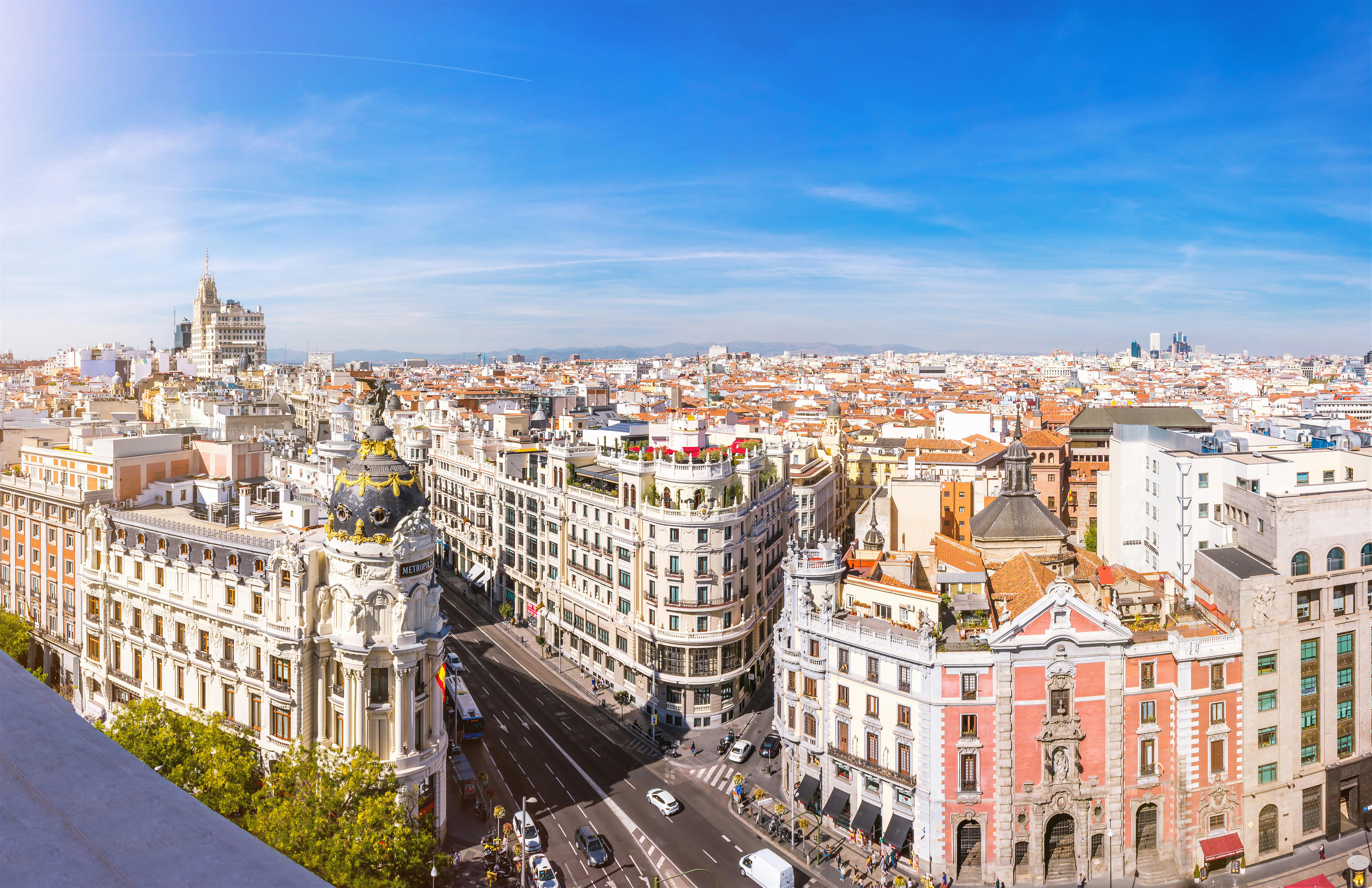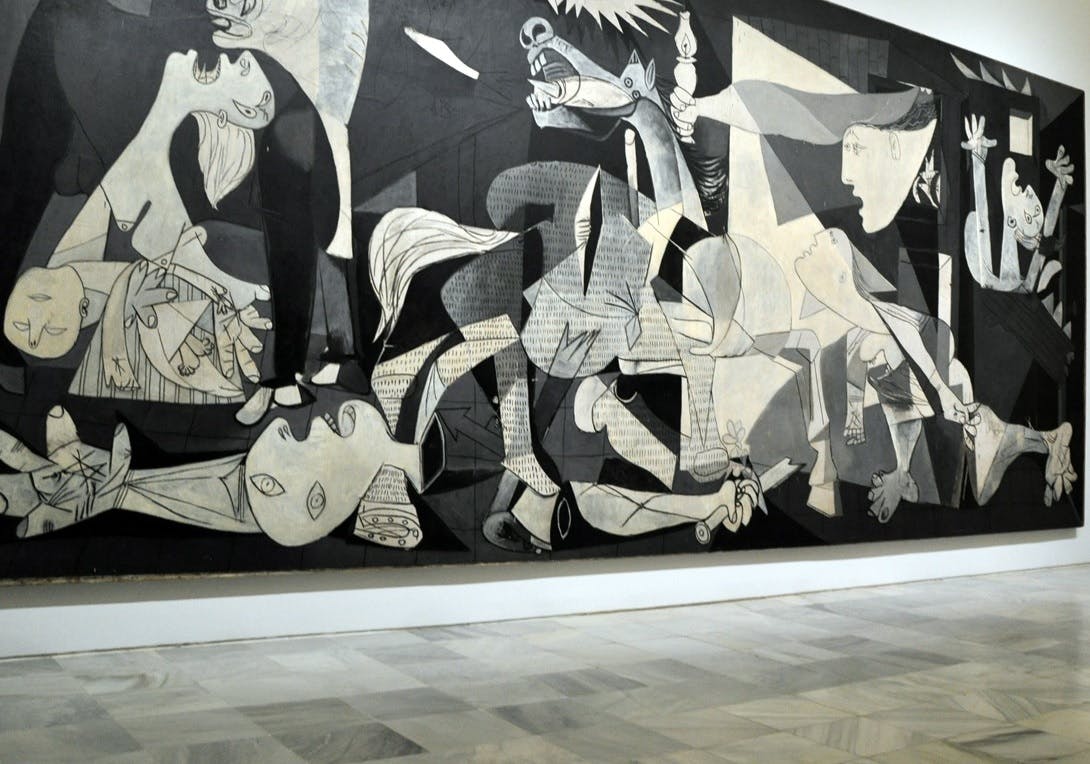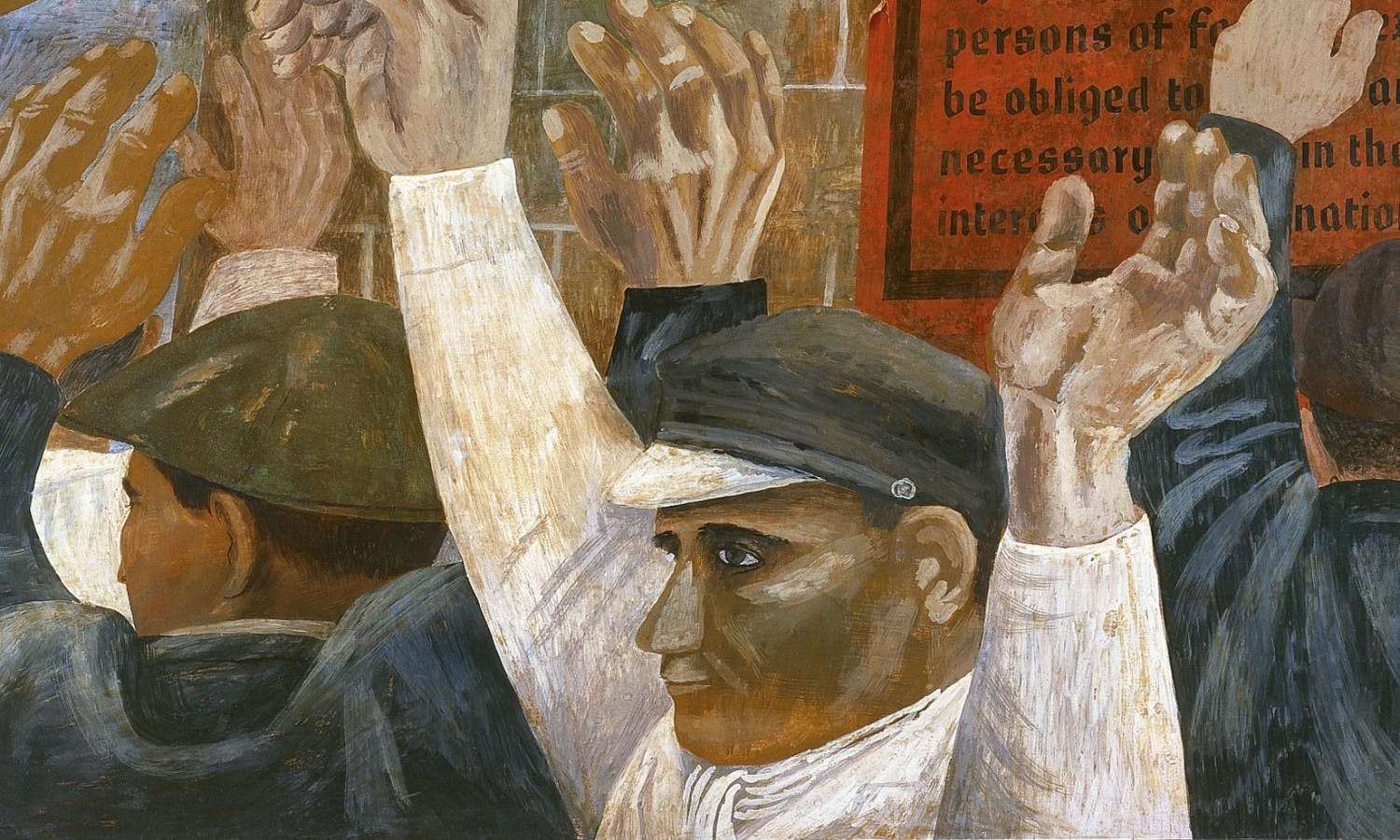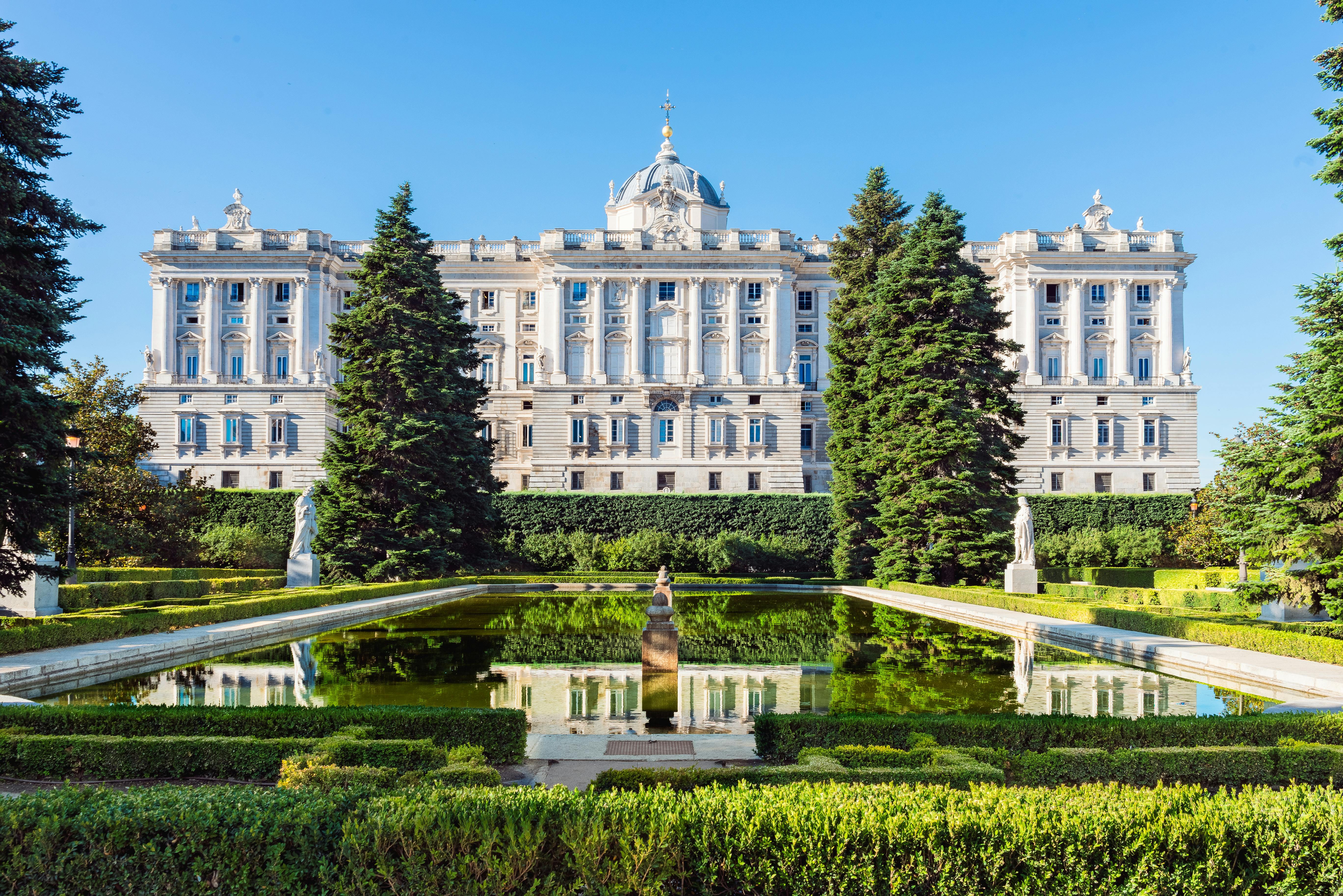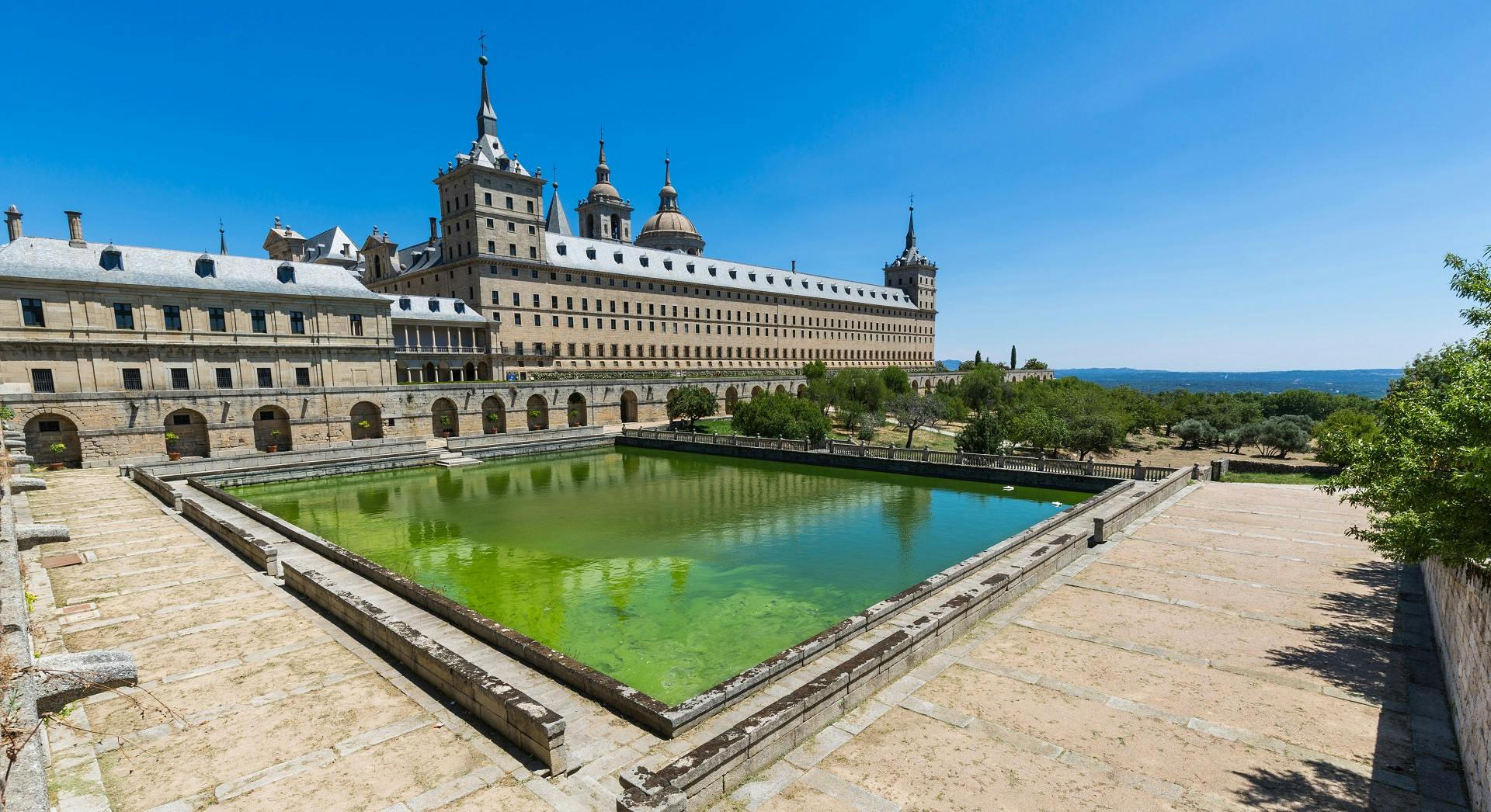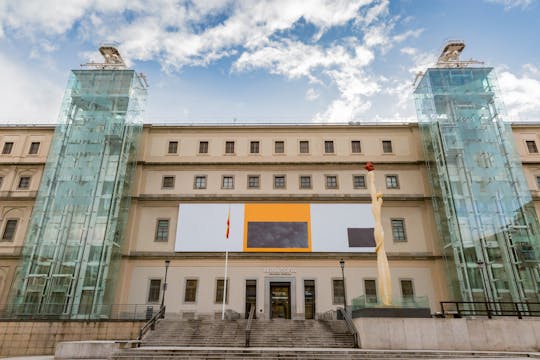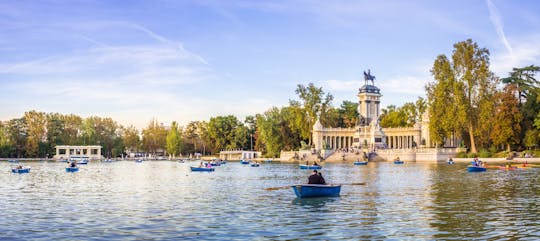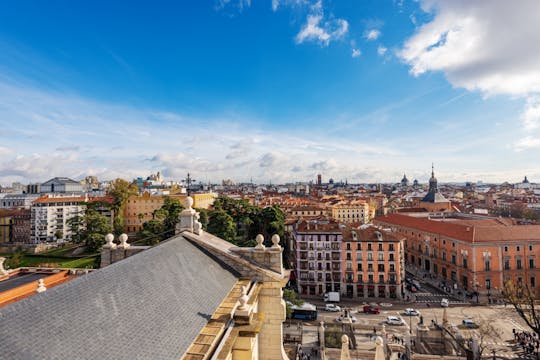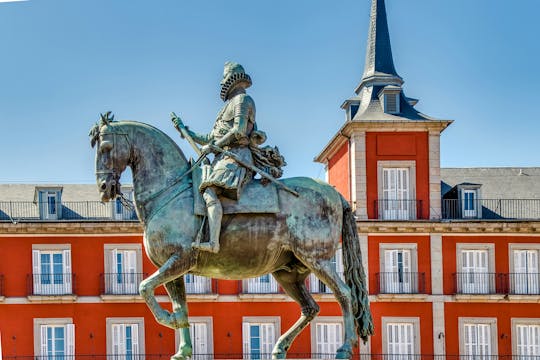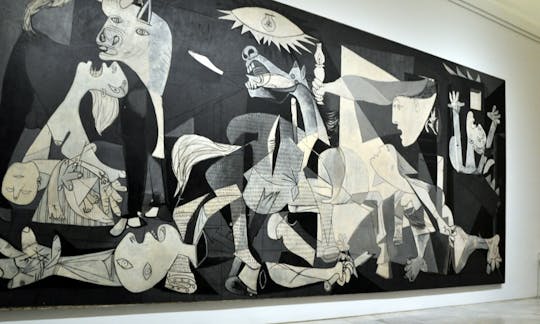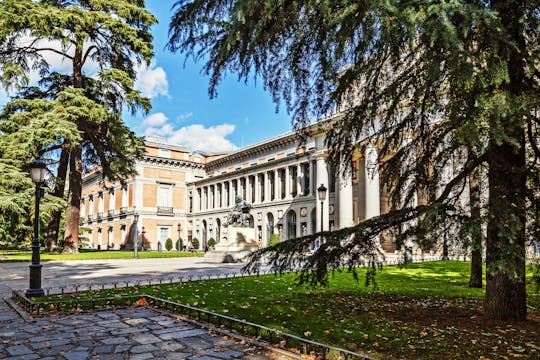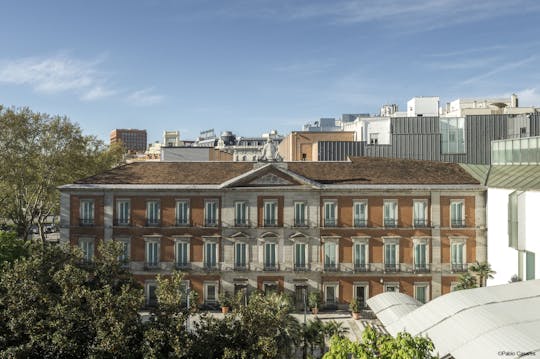Where to go
Spain
Things to do in Madrid
Get caught up in the boundless energy of this magnetic city. Its nightlife is the stuff of legends while its gastronomy is off the charts. Thanks to centuries of art-loving Spanish royals, it also houses several world-class museums with impeccable collections. And while it may not have Barcelona’s famed modernist attractions, it makes up for it with eye-catching architecture that runs the gamut from gracious Belle Époque buildings to Mudéjar Revival churches and medieval mansions. So where to begin when there’s so much on offer? We make it easier with a list of our top picks. From admiring home-grown talents Goya and Velázquez at the Prado to feasting on fantastic tapas, we show you the city’s best. Top 6 things to do in Madrid 1. Museo del Prado Delve into the works of some of Spain’s greatest artists in this world-class museum. Goya, Velázquez and El Greco are all generously represented and offer a window into the country’s past. The museum also has an impressive collection of Flemish, Dutch and Italian art, acquired during the Spanish Empire. 2. Reina Sofía Museum Not just home to Picasso’s famed Guernica, this museum also has an outstanding collection of contemporary art. Along with its many Picassos, you can marvel at a mind-bending Salvador Dalí or boldly colored Joan Miró. It’s also an opportunity to discover some fantastic lesser-known Spanish artists. 3. Thyssen-Bornemisza Museum This extraordinary museum has impressive works from almost every movement of Western art, from 13th-century Italian Gothic to 20th-century pop art. With the personal collection of Swiss industrialist Baron Hans Heinrich Thyssen-Bornemisza and his father, you’ll be dazzled by the fantastic breadth of art on show. 4. Royal Palace of Madrid On the former site of a Moor fortress dating back to the 9th century, Felipe V, the first Bourbon King, decided to build a palace more magnificent than all its European counterparts,s. While he died before his vision was complete, the palace is still an immense and opulent masterpiece, well worth a visit. 5. Tapas It would be almost a sin to leave without trying the small dishes for which the country is famed: Spanish tapas. Treat yourself to these bite-sized morsels at any number of bustling bars and markets such as the Mercado de San Miguel. You’ll quickly become addicted to the jamón, tortilla, and patatas bravas. 6. Santiago Bernabéu Stadium Football fanatics will want to visit this temple to their beloved sport, the home also to Real Madrid. A tour lets you glimpse the stadium’s inner workings, from the dressing rooms to the player’s tunnel and even the pitch. A game, instead, gives you the thrill of seeing it come alive with 80,000 screaming fans. Planning your Madrid visit When to go? Spring and Autumn are the best times to visit. The days are still lovely and long and the weather is mild; ideal conditions for strolling around town. In summer instead, the city is flooded by tourists and the heat can be scorching hot. Many locals also leave for a few weeks to go on vacation so some small local shops and cafes will be closed. Come winter (excluding the Christmas and New Year period) and the city gets quiet, which may be perfect for those wanting to avoid the crowds. It can get cold, but the temperatures rarely dip below freezing. Meanwhile, ticket prices and accommodations will be at the lowest, which for some more than make up for a bit of cold. How many days should you spend? Three days will be enough to scratch the surface and get a general feel for the city. If you have the time, five days or more will give you the opportunity to delve deeper and get into the swing of the Madrileño way of life (i.e. late meals, siesta, and of course fiesta!). You’ll be able to wander through Madrid’s charming neighborhoods, go out till all hours enjoying the famed nightlife, sample any number of local delicacies, and even fit in a day trip to Toledo, Segovia, or Ávila. How to get there? The Madrid–Barajas Airport (officially the Adolfo Suárez Madrid–Barajas Airport) is the city’s international airport. It also happens to be the country’s busiest and most impressive. From here it’s an easy train ride to the center. Trains leave every 5 minutes from 6:05 am to 1:30 am; tickets cost €5. Otherwise, you can also take the 24-hour express bus service (€5) or a taxi for a fixed price of €30. How to move around the city? Madrid has an extensive and easy-to-use public transport system. Tickets cost €1.50 for a single trip; a 10-trip ticket costs €12.20 and is a good deal for a short stay. The metro is the most convenient way to get around and runs from 6:05 am to 1:30 am. The bus also comes in handy, but with over 200 routes it’s a tad more complicated for first-time users; it runs from 6:30 am to 11:30 pm. Taxis are relatively easy to find and comparatively cheaper than those in other European capitals. Biking is also an option with several bike-share services and a decent number of central bike lanes. Otherwise, you can walk to most places in central Madrid as it’s fairly compact, although hillier than it seems! Where to shop? This bustling city has no shortage of excellent shopping options that go from luxury to the locally designed. Gran Via is the place for big commercial brands, such as H&M and Zara; it’s also home to the gorgeous outpost of iconic Spanish brand Loewe. Instead, high-flyers will want to head to Calle Serrano, in the expensive Salamanca neighborhood. Here you’ll find high fashion brands, such as Louis Vuitton or Manolo Blahnik, in the most elegant surroundings. Those looking for something more alternative should head to Calle Fuencarral in the hip Malasaña. It has an unusual mix of high-end, street, emerging, and vintage fashion. And don’t forget to make a stop at El Rastro, the city’s lively open-air market.
